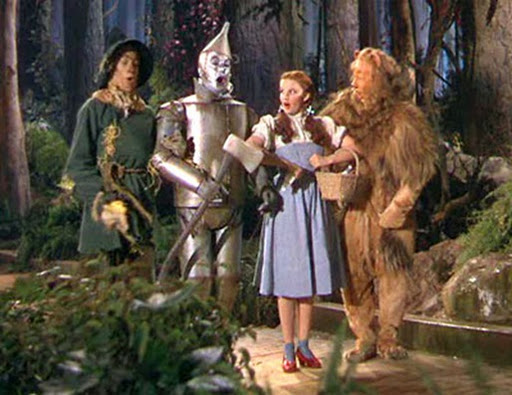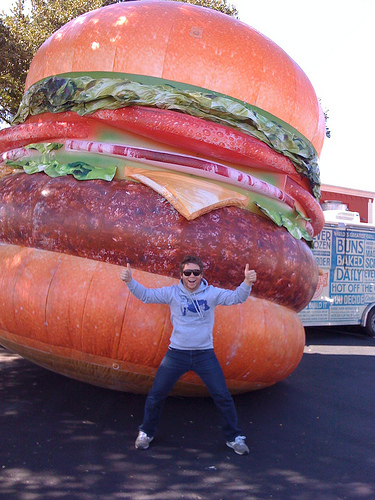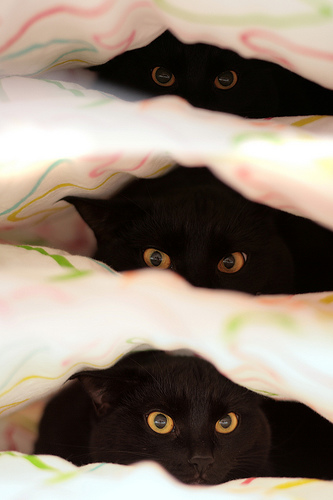The Inevitable Ending You Know Is Coming
As contradictory as this might sound, endings in novels need to seem inevitable without being predictable. When your reader finishes the book…

As contradictory as this might sound, endings in novels need to seem inevitable without being predictable. When your reader finishes the book…

Novelists focus heavily on plot, and rightly they should. Your novel needs a well-crafted and believable plot. A good story…

If you’ve been following this blog all year, you may have noticed I haven’t gone into plot at all except…

I discussed in the last post the need for you to establish your protagonist’s visible plot goal in the first…

The most essential of essentials in your first scene is setting up your visible plot goal. Did I say visible?…

Subscribe to my email blasts to level up your writing and be notified of upcoming events and offers!
No products in the cart.